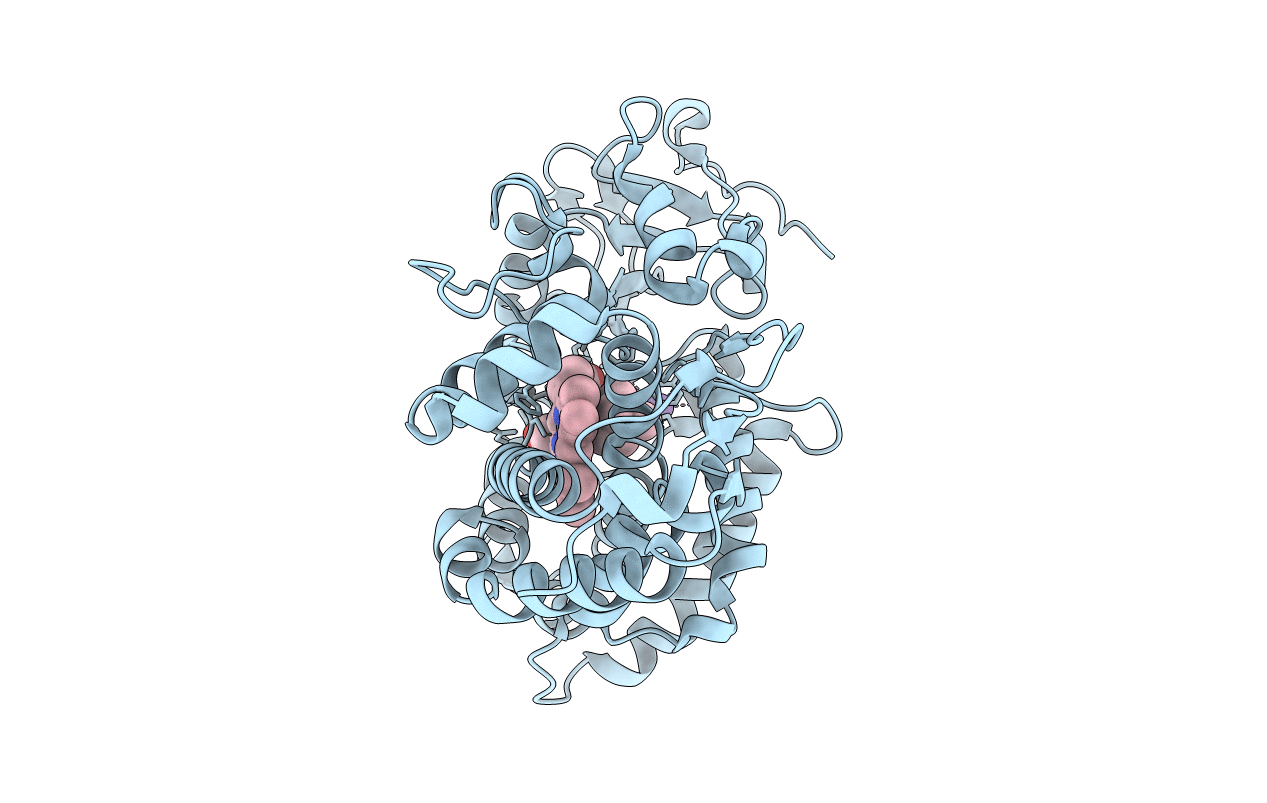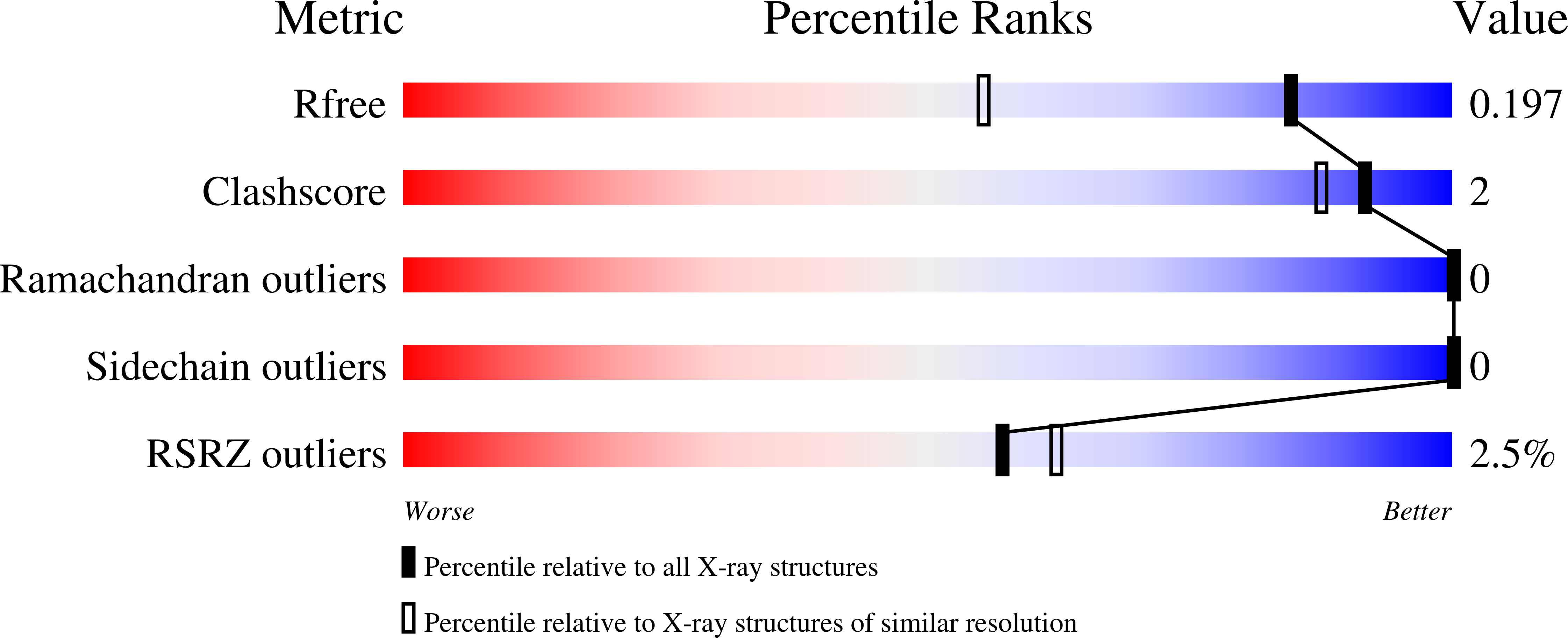
Deposition Date
2009-12-22
Release Date
2010-04-21
Last Version Date
2023-09-06
Method Details:
Experimental Method:
Resolution:
1.50 Å
R-Value Free:
0.19
R-Value Work:
0.16
R-Value Observed:
0.16
Space Group:
P 1 21 1


